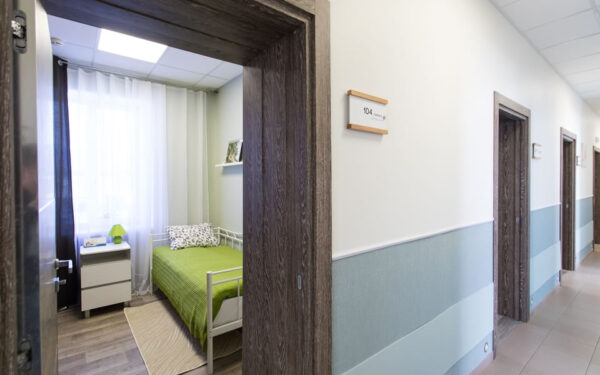Should Your Business Elect to be a Qualified Residential Living Facility?
By Taryn Smith, Manager, Tax & Business Services
The Tax Cuts and Jobs Act, commonly referred to as Tax Reform, was passed on December 20, 2017 and significantly altered Section 163(j) and an organization’s ability to deduct interest expense. Many businesses cannot deduct interest expense to the extent net business interest expense exceeds 30% of adjusted taxable income (ATI) plus floor plan financing interest for tax years beginning after December 31, 2017. The Coronavirus Aid, Relief, and Economic Security Act (CARES Act) was signed into law on March 27, 2020. The CARES Act raised the 30% limitation to 50% for a limited time to allow organizations to deduct more interest expense during the pandemic. It also added some flexibility in using a prior year ATI to maximize the interest expense deduction.
ATI is a taxpayer’s taxable income (without deducting interest expense) adjusted for items such as:
- Any income, gain, deduction, or loss that is not properly allocable to a trade or business;
- The amount of any net operating loss (NOL) deduction; and
- The 20% deduction for certain pass-through income under Section 199A.
For tax years before January 1, 2022, any deduction allowable for depreciation, amortization, or depletion was added back. This created a higher ATI, allowing for a potentially higher interest deduction. Disallowed business interest expense may be carried forward.
Certain organizations, such as small businesses or qualified real property trades or businesses, did not need to apply the limitation. Unlike a small business that was excluded from the calculation, a qualified real property trade or business had to elect to use the straight line Alternative Depreciation System (ADS) depreciation method over a longer life for real property assets to fully deduct interest expense. The depreciation method for other assets is not impacted.
The beneficial provisions relating to Section 163(j) included in the CARES Act were only applicable for tax years 2019 and 2020. The beneficial adjustments to ATI for such items as depreciation, depletion and amortization phased out beginning for tax years starting on or after January 1, 2022. The impact on an organization for 2022 is the potential increase in taxable income. If all items of income or loss remain constant, the decrease in allowable interest expense would result in this increase.
Many providers have both an operating company and a property company. In that case, there may be an opportunity to elect to be a qualified residential living facility.
A qualified residential living facility is a facility that:
- Consists of multiple rental dwelling units within one or more buildings or structures that generally serve as primary residences — on a permanent or semi-permanent basis — to individual customers or patients;
- Includes the provision of supplemental assistive, nursing, or other routine medical services; and
- Has an average period of customer or patient use of the individual rental dwelling units that is 90 days or more.
The average period of use is determined by dividing the sum of the total number of days a customer or patient is in the facility by the total number of individual residents in the facility for the year. The total number of days a patient or customer resides in the facility or rental unit could be determined by a rental contract or lease, or by the number of days paid for by Medicare or Medicaid.
Qualifying as a residential living facility allows both the operating company and property company to elect to be a qualified real property trade or business solely for purposes of deducting interest expense.
The downside to this election is depreciation will need to be recalculated and the lives of the assets extended. In many circumstances, what you give up in depreciation is much less than the deduction for additional interest expense that results in current tax savings for your organization.
It’s also important to note that the election is irrevocable. It appears the organization must qualify as a residential living facility on an annual basis. If it does not qualify in a future year, it would still have slower depreciation in that year but may not receive the benefit of the increased interest deduction.
If you think that your organization may qualify, we suggest you consult Marcum or your tax advisor to determine any potential savings.






